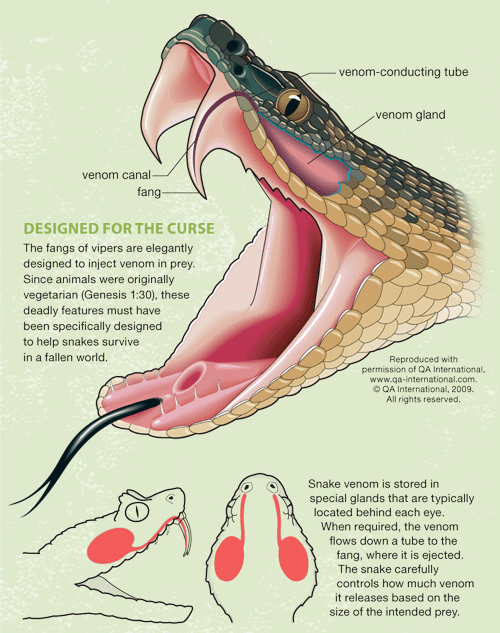As the great Polish
composer Frederic Chopin (1810-1849) was gasping for air on his deathbed, he
reportedly whispered, “Remove my heart after I die and entomb it in Poland.” He
wanted the symbol of his soul to rest in the native land he pined for while he
was exiled in France.
After his death, his
sister apparently sealed his heart in a jar of cognac and smuggled it to Warsaw
beneath her skirt past Russian border soldiers. It passed through the family
until it was buried in a church. When the Nazis invaded Poland in 1939, they
seized the heart, but it was eventually returned after the war. In 2014, Polish
officials secretly exhumed the relic and inspected it for damage before
reporting that Chopin’s heart, thankfully, was still “in good shape.” It now
resides undisturbed in a pillar of Warsaw’s Baroque Holy Cross Church.[1]
When I read that story I
was reminded of what Jesus said about the connection that exists between our
heart and our treasure, “Do not lay up for yourselves treasures on earth, where
moth and rust destroy and where thieves break in and steal, but lay up for
yourselves treasures in heaven, where neither moth nor rust destroys and where
thieves do not break in and steal. For where your treasure is, there your heart
will be also” (Matt. 6:19-21).
Chopin’s heart longed to
be back in his native homeland because that is where he had the most familial
connection and financial investment. In the same way, our investments in
eternity should cause our hearts to yearn for our heavenly home more than this
world. This world is not our home (1 John 2:15-17), we are strangers and
pilgrims just passing through (1 Peter 2:11). Therefore, we need to learn to
loosen our grip on our possessions by holding lightly to what is earthly and
holding tightly to what is eternal.
In his book, The Treasure Principle, Randy Alcorn
makes an astute observation. “What we do with our money doesn’t simply indicate
where our heart is. According to Jesus, it determines where our heart goes. If
I want my heart to be in one particular place and not in another, then I need
to put my money in that place and not the other. I’ve heard people say, “I want
more of a heart for missions.” I always respond, “Jesus tells you exactly how
to get it. Put your money in missions, and your heart will follow.” Suppose
you’re giving to help African children with AIDS, or you’re sponsoring a child
in Haiti. When you see an article on the subject, you’re hooked. If you’re
sending money to plant churches in India and an earthquake hits India, you
watch the news and fervently pray. Why? Because your heart is where your
treasure is. As surely as a compass needle follows north, your heart will
follow your treasure.”[2]
So if we invest in eternal
things then not only will our affections change, but so will our priorities.
The truth is we are either moving towards our treasure or away from it. The wealth
of this earth does not convert into the currency of heaven. I once heard a
missions speaker compare the value of U.S. dollars with the currency of a
central African nation. He said that one American dollar would purchase
1,700,000 units of that country’s currency. Wow! We could take $1,000 over
there, convert it, and ship back billions! But we wouldn’t be rich because that
nation’s money is worthless in the United States.
The same is true of the
treasures of earth. They may be of value down here, but they have no worth in
heaven. How much better it is to accumulate the treasures of heaven through
service to Christ, obedience to Him, missions, the Word of God and investing
our lives in helping others! So are you paying it forward? Ultimately, if we
store up treasures on earth we will be disappointed, but if we plan for heaven
then our treasure will be there when we arrive. -DM
